» News
Why should we use video projectors in Worship?
[this is part 1 of a 2 part article, please see “How much for a projector?“ for part 2,]
Why should we use projectors in Worship?
Projectors are only a tool to allow a larger crowd of people to view text, a computer image or even video. A small screen like an iPod is great for personal viewing, a television might work for the entire family, but when 700 believers gather in one room, a projector and screen are the most practical way to share visual media. The projected image is a focal point, a visual stimuli, a reinforcement tool for memorization, and a distance breaker in larger assemblies.
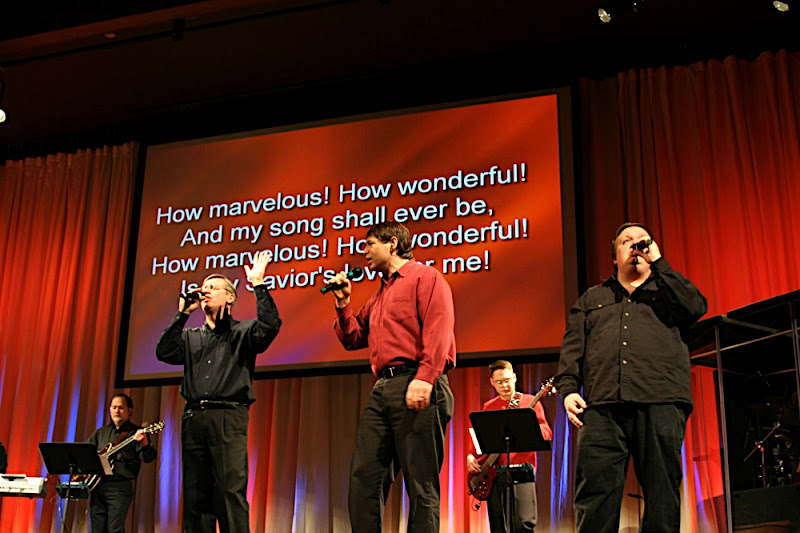
Words on a large screen at the front of the room will focus attention in one direction, praising and worshiping together. Printed song-sheets cause individuals to sing downward, focused on the page in front of them. With a screen up front, all are on the same page, instead of flipping pages in a song book. Projection is also fabulous for displaying a Scripture for all to read as one. By projecting sermon notes, points can be revealed one at at time keeping each listener focused on what is being said and eliminating the distraction of the entire sermon outline in a bulletin insert.
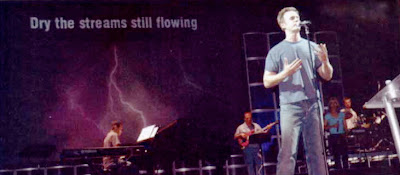
Having created a focal point, projection can then deliver images, colors and textures that help steer corporate worship, creating an atmosphere that brings all the senses to attention to worship in unity. Not unlike stained glass windows and frescos in cathedrals of old, projected images can inspire us to worship God together for who He is and for what He’s done and created. Images can be used to capture the heart and bring conviction and call the viewer to action. Finally- one potential distraction to corporate worship are announcements and testimonies that become so wordy as to lose attention: having these prerecorded and shared via projection can be much more effective at keeping the worship atmosphere through the benediction.
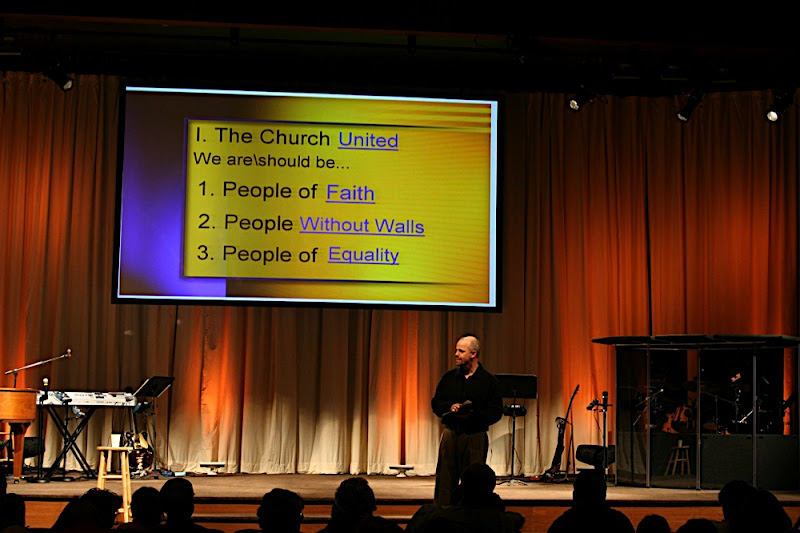
Reinforcement of ideas through stories and illustrations is a technique that goes back to prophets of old. Repetition of important points works, and is even better when a theme is repeated. We see this in Scripture, and we see it in today’s media culture. When various media work to communicate the same message, the message becomes memorable, easier to understand. Seeing the same logo on banners, on the screen and on the printed bulletin, all while hearing the message, increases retention of the topic and the text. For example, a busy, overwhelmed mom sits through one worship service that uses limited media, and realizes by dinnertime Sunday that she cannot remember the text of the sermon. Another day, she comes across a sermon on the Internet where the preacher has visual aids- in the form of projecting a graphic that matches a stage prop and the print on the virtual “bulletin” (which had been the bulletin given out at that church’s Sunday Morning service). The complete saturation into her consciousness through not only auditory memory but also visual memory means that six months later, the sermon is remembered- not only the topic, but details of the teaching.
 Projection is the means to share a message with a larger audience. Communication is largely unspoken communication such as gestures and facial expressions. Image Magnification (IMAG) allows the large congregation see the details of the pastors’ and speakers’ communication, and improving the transfer of the message. Likewise, cameras can be turned to the audience improving the preacher’s view of his listeners. This enables him to become even more effective, responding to the feedback he’s receiving. Without projection in a large assembly, some may feel they are on the fringe. Projection draws everyone nearer, facilitating intimacy in even a large gathering.
Projection is the means to share a message with a larger audience. Communication is largely unspoken communication such as gestures and facial expressions. Image Magnification (IMAG) allows the large congregation see the details of the pastors’ and speakers’ communication, and improving the transfer of the message. Likewise, cameras can be turned to the audience improving the preacher’s view of his listeners. This enables him to become even more effective, responding to the feedback he’s receiving. Without projection in a large assembly, some may feel they are on the fringe. Projection draws everyone nearer, facilitating intimacy in even a large gathering.
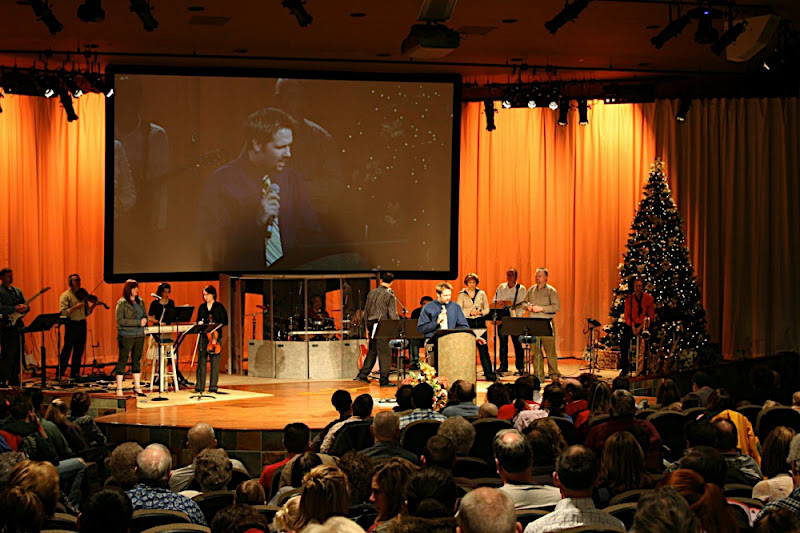
Video should be a support tool used in our corporate worship. As with the room itself, air-conditioning, lighting: it can be taken for granted as it helps a group of believers worship as a single body, helps deliver the message, helps set the mood and atmosphere. Video helps engage more of our senses and focus our mind on what we are hearing and experiencing. Video can help make a larger gathering more intimate, allowing those all around the room see and experience the same thing as those up close to the platform. Video is a communication tool that can be used to help convey the preaching, help inform the congregation of news, events and needs, help share personal testimonies and encourage and build up the body. Projection is the tool that makes this possible.

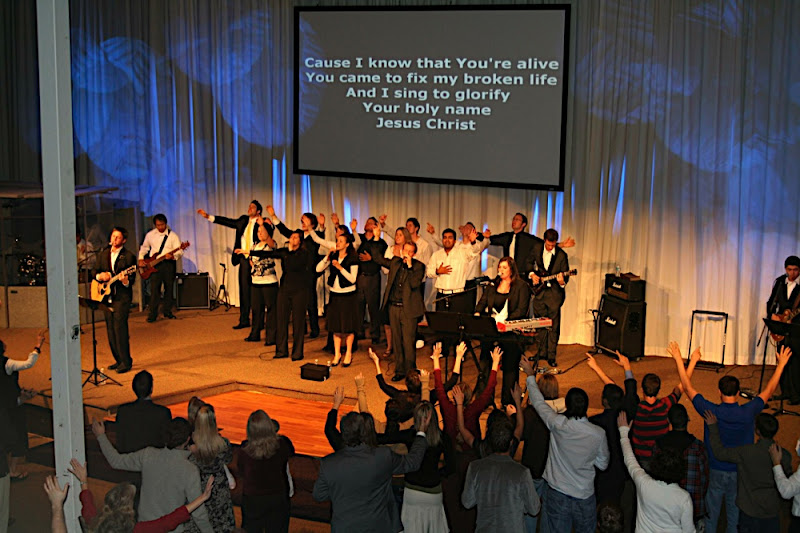








» 1 Comments